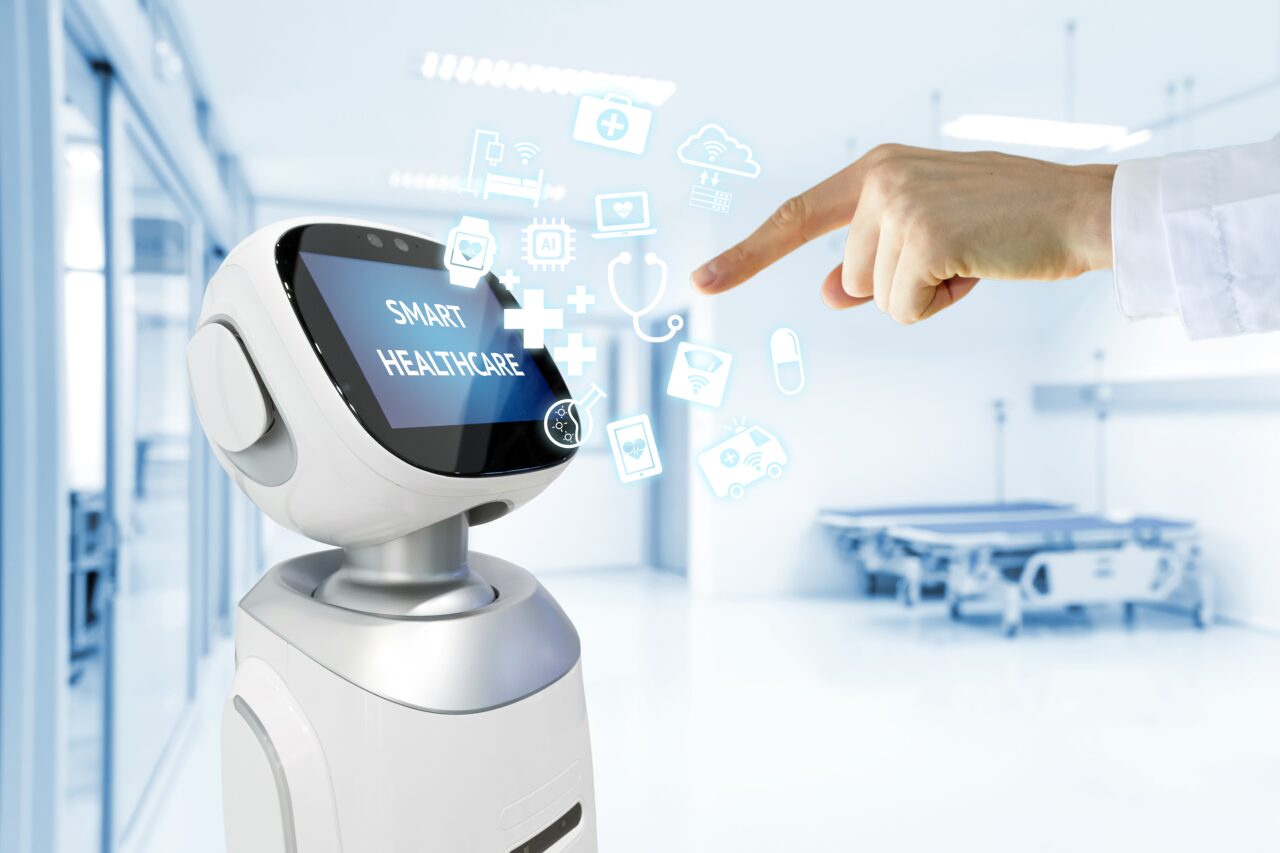Do Al Virtual Agents Have a Place in Healthcare?

Artificial intelligence (AI) has been on everyone’s radar for quite some time now but many still view it as something out of a sci-fi movie. The reality though is that AI is not just futuristic technology, it is available and in use right now. AI virtual assistance, virtual doctor visits, and virtual healthcare agents are all modern realities in the medical field – and positioned to keep growing. Case in point: Global Market Insights Inc. predicts that the healthcare AI market will hit $34.5 billion by 2027.
Here is a look at how some organizations are making use of this sophisticated technology and what to take into consideration in your own facility.
Relieving The Strain On Resources
As demand for healthcare services started skyrocketing in early 2020 due to COVID-19, many hospitals and medical facilities became overwhelmed. Some enlisted the help of technology, in the form of sophisticated bots, to relieve some of the pressure on their staff. Virtual healthcare agents have been a popular choice, programmed to help refill prescriptions, facilitate bill payments and handle appointment scheduling.
Virtual doctor assistance has also been widely discussed and used in certain contexts. In some instances, doctors simply talk with patients through a digital portal (telehealth), whereas in others, AI chatbots can actually directly get into the details of medical issues. For example, a bot may ask a patient about their symptoms and then offer suggested next steps. The sophistication and application of AI technology can vary greatly based on providers and the needs of the facilities in which they are implemented.
Challenges With AI In Healthcare
Some have argued that patients do not trust artificial intelligence, especially with sensitive health information but research indicates otherwise. One study showed that 67% of respondents either trust AI in healthcare “completely” or at least “somewhat.”
Some also express concern that such advanced technologies must be extremely expensive, factoring in additional costs through time spent in implementation and training their team/programming the bots. Again, the specific costs and implementation requirements vary from provider to provider.
Generally speaking, “AI-powered chatbots are perhaps the most used AI technology in the healthcare industry right now. They are easy to implement, they improve the patient experience, and they help medical professionals interact with and treat patients without the massive time sink that traditional customer service methods take.”
The most challenging factor may just be usability – interfacing a machine with a human is one thing in a touch interface, but in a conversational modality that’s an entirely new level. Trials with AI voice-assisted technologies such as Alexa are underway for inpatient settings to control temperature, lighting, and other devices (like televisions) that improve the patient experience with just a verbal command. This is an innovative intersection with the audiovisual features of a healthcare setting (such as TV, temperature, and window control) but is it ready for primetime?
The Takeaway
Facilities would be wise to factor in all of the potential benefits and drawbacks of using AI technology in a healthcare setting, including providing relief to an overtaxed staff, improving the patient experience and the expected long-term return on investment (ROI).
As we watch AI mature, we continue to innovate audiovisual (AV) solutions like wayfinding, interactive TVs, digital signage, and sound design that may be future extensions of this boundless computer interface. All of these options have a wide array of applications and customizability and can help facilities manage their workflows while improving their patients’ lives at the same time. To learn more, give us a call. We would love to help!
Virtual AI agents are a growing trend in healthcare. Is your facility prepared for the expansion of this technology? Let’s chat!
